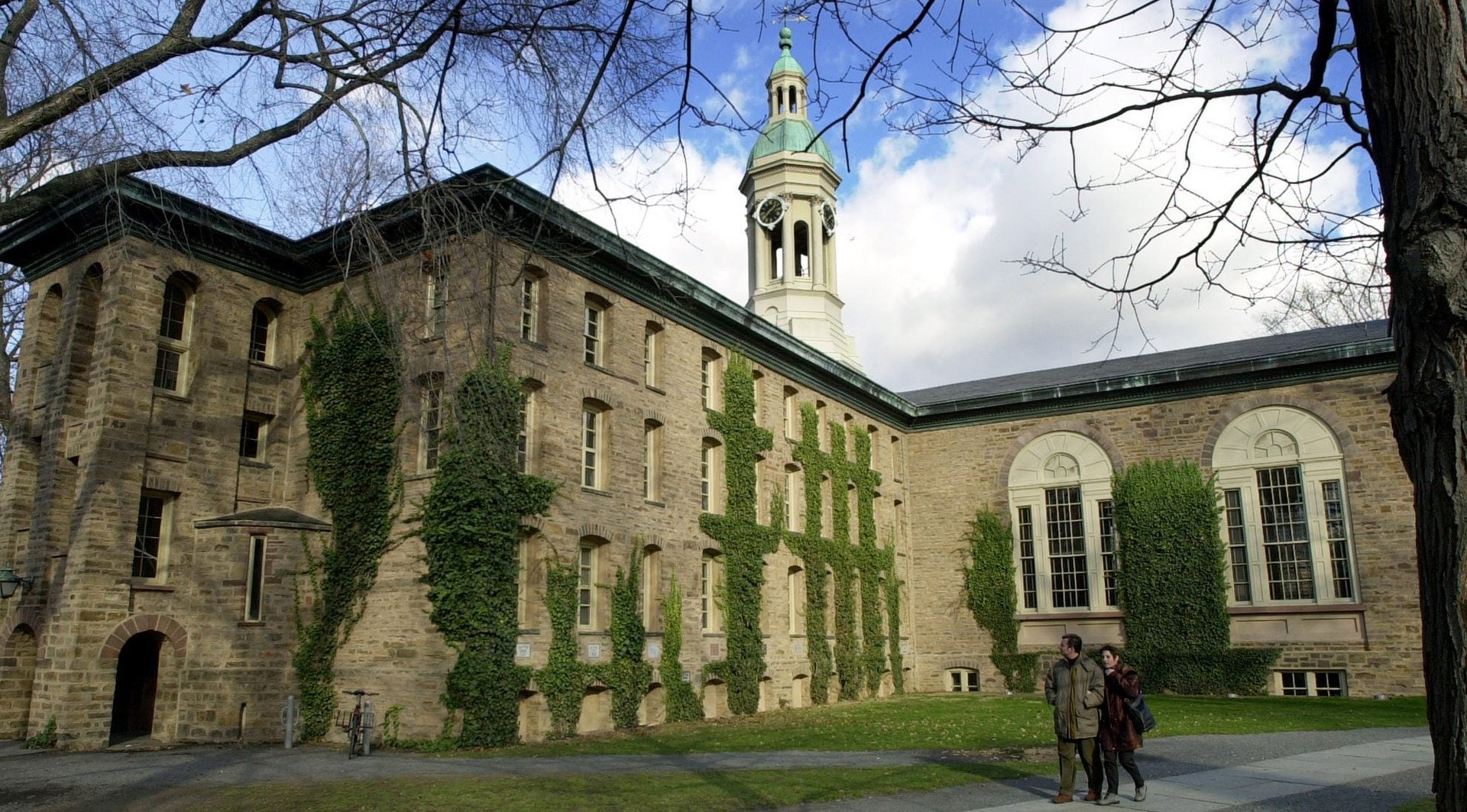College tuition hikes are finally slowing, thanks to simple economics
After years of ear-popping climbs, the rate of US college tuition increases is finally slowing.


After years of ear-popping climbs, the rate of US college tuition increases is finally slowing.
Undergraduate and graduate tuition, which soared an average of 6% a year between 1990 and 2016, rose just 1.9% this year after scholarships and discounts are factored in, according to the Wall Street Journal (paywall), citing figures from the US Department of Labor. The increase is now comparable to the rate of inflation.
The reason is simple supply and demand: There are fewer young people interested in college, while the number of available spots has stayed about the same.
Some of that reduced demand is demographic. After a steady rise in the number of high-school graduates from 1995 to 2009, which helped fuel a 161% rise in private-college tuition, the number of 18- and 19-year-olds has declined 7%, from 9.1 million to 8.5 million, between 2009 and 2016.
There’s also the lure of a paycheck. As the US economy approaches full employment, there are more jobs available, and wages for jobs that require minimal skills are beginning to rise. To get kids in their doors, colleges are lowering prices and competing with one another to offer scholarships,
Don’t expect the stagnant pricing to last for long, though. There’s another huge wave of high-school seniors coming, with the class of 2025 expected to be the biggest ever, after a record 4.7 million births in 2007. If nothing else changes, colleges will again hold the power over supply and demand.